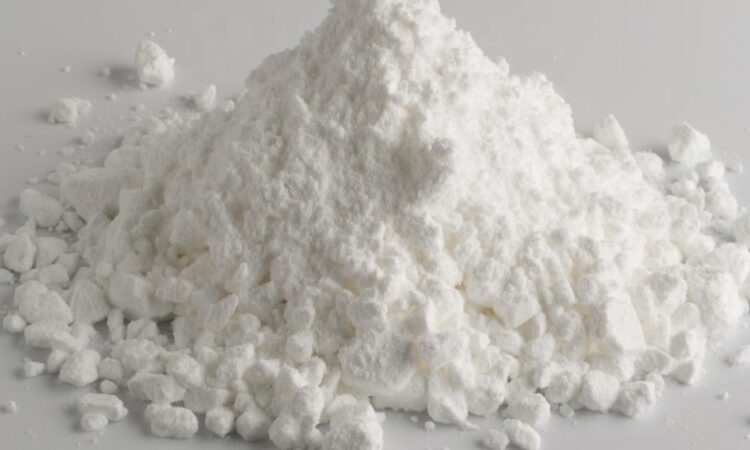Introduction to Gypsum Plasters
Introduction to Gypsum Plasters
Gypsum plasters are a popular choice in the construction industry due to their versatility and numerous benefits. This article will delve into the various aspects of gypsum plasters, including the types available, their advantages, preparation, application techniques, common uses, and tips for maintaining gypsum plastered surfaces.
Types of Gypsum Plasters
Exploring the Different Varieties
Gypsum plasters come in various forms, each with its unique characteristics and applications. Some of the most commonly used types include:
– Standard Gypsum Plaster: This is the basic form of gypsum plaster, suitable for general-purpose applications.
– One Coat Gypsum Plaster: As the name suggests, this type allows for a single application, saving time and effort.
– Machine Applied Gypsum Plaster: Ideal for large-scale projects, this type can be applied using specialized machinery, ensuring a uniform finish.
Advantages of Using Gypsum Plasters
Highlighting the Benefits
Gypsum plasters offer several advantages over traditional plastering materials. Firstly, they have excellent fire resistance properties, making them a safe choice for both residential and commercial buildings. Additionally, gypsum plasters have superior sound insulation properties, reducing noise transmission between rooms. They also exhibit good thermal insulation, helping to maintain a comfortable indoor environment.
Preparation and Application of Gypsum Plasters
Proper Techniques for Successful Application
To ensure a smooth and durable finish, proper preparation and application techniques are crucial when working with gypsum plasters. Before applying the plaster, the surface should be clean, dry, and free from any loose particles. A primer may be necessary to enhance adhesion. The plaster should be mixed according to the manufacturer’s instructions, and the application should be done evenly using a trowel or spray equipment.
Common Uses of Gypsum Plasters
Exploring the Versatility
Gypsum plasters find extensive use in various construction applications. They are commonly used for interior wall and ceiling finishes, providing a smooth and visually appealing surface. Moreover, gypsum plasters are utilized in creating decorative elements such as cornices, moldings, and ceiling roses, adding an aesthetic touch to architectural designs. Additionally, these plasters are employed in creating intricate sculptures and art installations.
Tips for Maintaining Gypsum Plastered Surfaces
Ensuring Long-lasting Results
To ensure the longevity and appearance of gypsum plastered surfaces, proper maintenance is crucial. Regular cleaning using a soft brush or vacuum cleaner can help remove dust and dirt. Avoid using abrasive materials or harsh chemicals that can damage the plaster. In case of any dents or cracks, prompt repairs should be carried out to prevent further damage.
Conclusion
Final Thoughts on Gypsum Plasters
In conclusion, gypsum plasters offer a wide range of benefits and applications in the construction industry. Their versatility, fire resistance, sound insulation, and thermal properties make them a popular choice for interior finishes. By following proper preparation, application, and maintenance techniques, gypsum plastered surfaces can retain their beauty and durability for years to come.
With this comprehensive guide, you now have a better understanding of gypsum plasters and their various aspects. Whether you are a homeowner, architect, or contractor, incorporating gypsum plasters into your projects can elevate the overall aesthetic appeal and functionality of the space.


